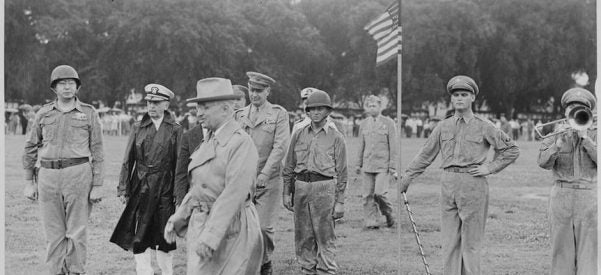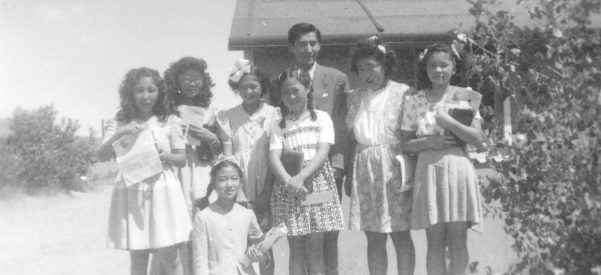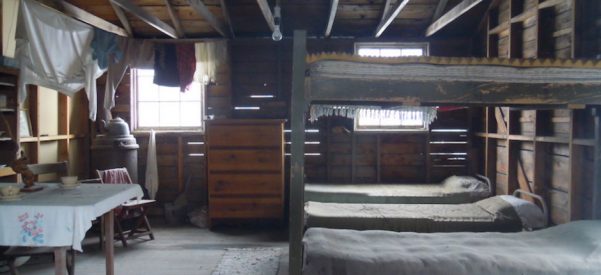Explore
: WHY WE’RE STILL RECKONING WITH JAPANESE AMERICAN INTERNMENT
The About-Face Permitting Japanese Americans to Enlist Provoked Dissent, Anger—And the Remarkable 442nd Regiment
By Franklin Odo
January 19, 2017
In January 1943, President Franklin Delano Roosevelt and his War Department abruptly reversed course by allowing Japanese Americans to enlist in the U.S. Army in the fight against Germany and Japan.
This was not a foregone conclusion: The draconian mass removal and incarceration of 120,000 Japanese Americans had been justified as a military necessity—and continued to be enforced. Two-thirds of those incarcerated were American-born Nisei, second-generation citizens; one-third were Issei, Japan-born immigrants, prohibited by law from applying for naturalization.
In …
Read More >
The Pain of Remembering Is Deep, But the Danger in Forgetting Is Far Worse
By Chizu Omori
January 18, 2017
I am a member of a once despised minority group, American Japanese, who spent three and a half years incarcerated in an American concentration camp during World War II. Although that ordeal ended 72 years ago, the impact of that experience on my life and its broader implications for American society resonate deeply to this day.
In 1941, at the beginning of the war, roughly 10 percent of the adult “alien” men (Japan-born persons being ineligible for citizenship) were picked up …
Read More >
The Tale of a Daring Night Raid That Vindicated Japanese Americans
By Andrea Pitzer
January 18, 2017
In spring 1941, months before the bombing of Pearl Harbor, a team led by U.S. Naval Intelligence officer Kenneth Ringle broke into the Japanese consulate in Los Angeles.
One man stayed downstairs to guard the elevator while the rest snuck upstairs using skeleton keys to make their way to the back rooms. They brought along a safecracker—a convicted felon sprung for one night to help them—as well as local policemen and FBI agents, who set up patrols outside during the …
Read More >




